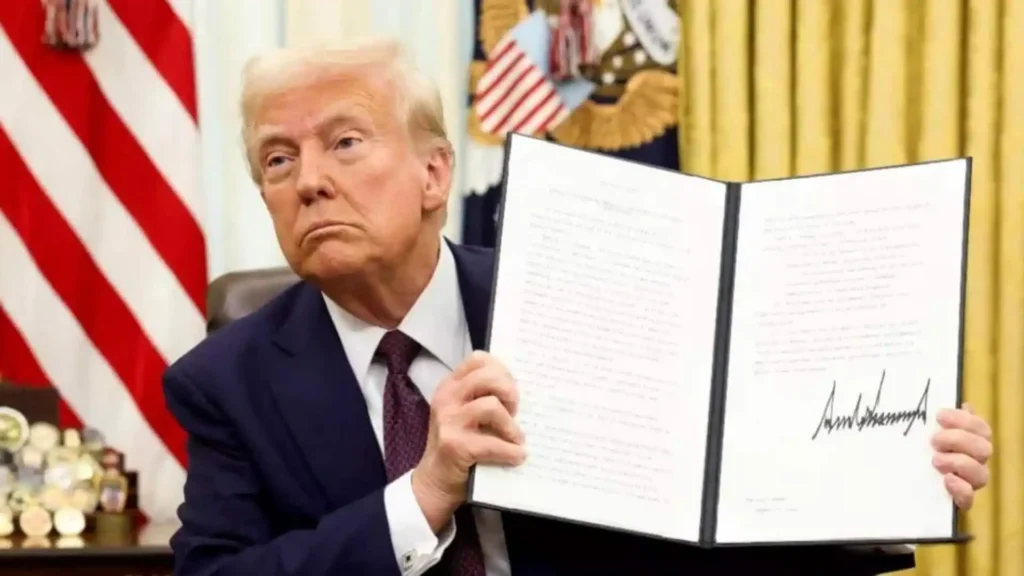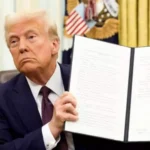
Standoff Reset with an August Warning
On July 6, Treasury Secretary Scott Bessent confirmed that unless key trading partners, including Taiwan and the EU, strike trade agreements with the U.S., reciprocal tariffs will automatically resume on August 1. These tariffs would revert to the tough levels first proposed on April 2, after being paused to allow negotiations. Bessent emphasized this date is not a new deadline, it’s simply when the tariffs “boomerang back” if no deals are inked.
From Pause to Pressure
The initial suspension of reciprocal tariffs, ranging from 20% to 50% on various imports, was designed to let negotiation progress through July 9. Despite framing this first deadline, Bessent clarified that August 1 is the date when enforcement resumes, not a fresh cut-off. “If you want to speed things up, have at it. If you want to go back to the old rate, that’s your choice,” he told CNN.
Targeted Dispatches to Smaller Partners
The government plans to send letters to roughly 100 smaller trading partners, many with limited trade volume, warning them of the impending tariff restoration. Until then, they remain at a base 10% tariff. This strategy is part of a broader “maximum pressure” playbook, designed to spur quick deals around the globe.
Early Wins with Select Nations
Deals have already been struck with the United Kingdom and Vietnam, and a temporary truce has been negotiated with China. Negotiations for key players such as the EU, India, Canada, and Thailand are ongoing, some nearing completion, per Bessent and other administration officials.
Markets Whip and Stir
Global markets have registered nervous jitters in response. U.S. stock futures have dipped by about 0.3%, while European and Asian markets have faltered amid ongoing uncertainty. The British pound slipped versus the dollar, and safe-haven Treasuries strengthened. Oil prices also softened as trade concerns clashed with commodity shifts.
EU Readies Countermeasures
Europe, preparing for tariffs that would impact over 60% of its exports, is readying retaliatory duties on roughly €26 billion worth of U.S. goods, spanning steel, aluminium, cars, pharmaceuticals, and more. Ursula von der Leyen has stated the EU will respond firmly and proportionately, while trade ministers are coordinating a collective position next week.
BRICS and Other Economies Take Note
Countries aligned with BRICS are also under scrutiny. Trump threatened an extra 10% tariff on those aligning against U.S. interests. Japan signalled little room for compromise, while Indonesia and Cambodia are reportedly close to deals addressing issues like critical minerals, energy, market access, and defence.
Logistical Hurdles Ahead
For these deals to materialize, complex logistical tasks await: extending negotiations past July 9, meeting regulatory and legal requirements, and formally reinstating tariffs will all come into play. The administration has hinted it might adjust the situation depending on how negotiations evolve, even past August 1, if deemed necessary.
Risks for Consumers and the Economy
Economists have voiced concern. High tariffs, especially those returning to April levels, stand to elevate costs for consumers and producers alike, potentially denting GDP. Historical analysis suggests the U.S. GDP could see a downturn of up to 10% in Q2 alone if the tariffs go unchecked.
Why This Matters
This issue strikes at the heart of global economics and geopolitics. The U.S. aims to use the tariffs as leverage, but the move risks fracturing supply chains, rattling markets, and igniting retaliatory spirals. With midterm elections approaching and global powers on edge, the next few weeks will be decisive in whether diplomacy or disruption prevails.
Looking Ahead
The clock is ticking toward August 1. Multiple negotiations are in late stages, but divergence remains in key sectors like autos, steel, semiconductors, and agriculture. Market response and global strategic positioning are intensifying. What unfolds in the coming days could reshape trade dynamics for years.




































Leave a Reply